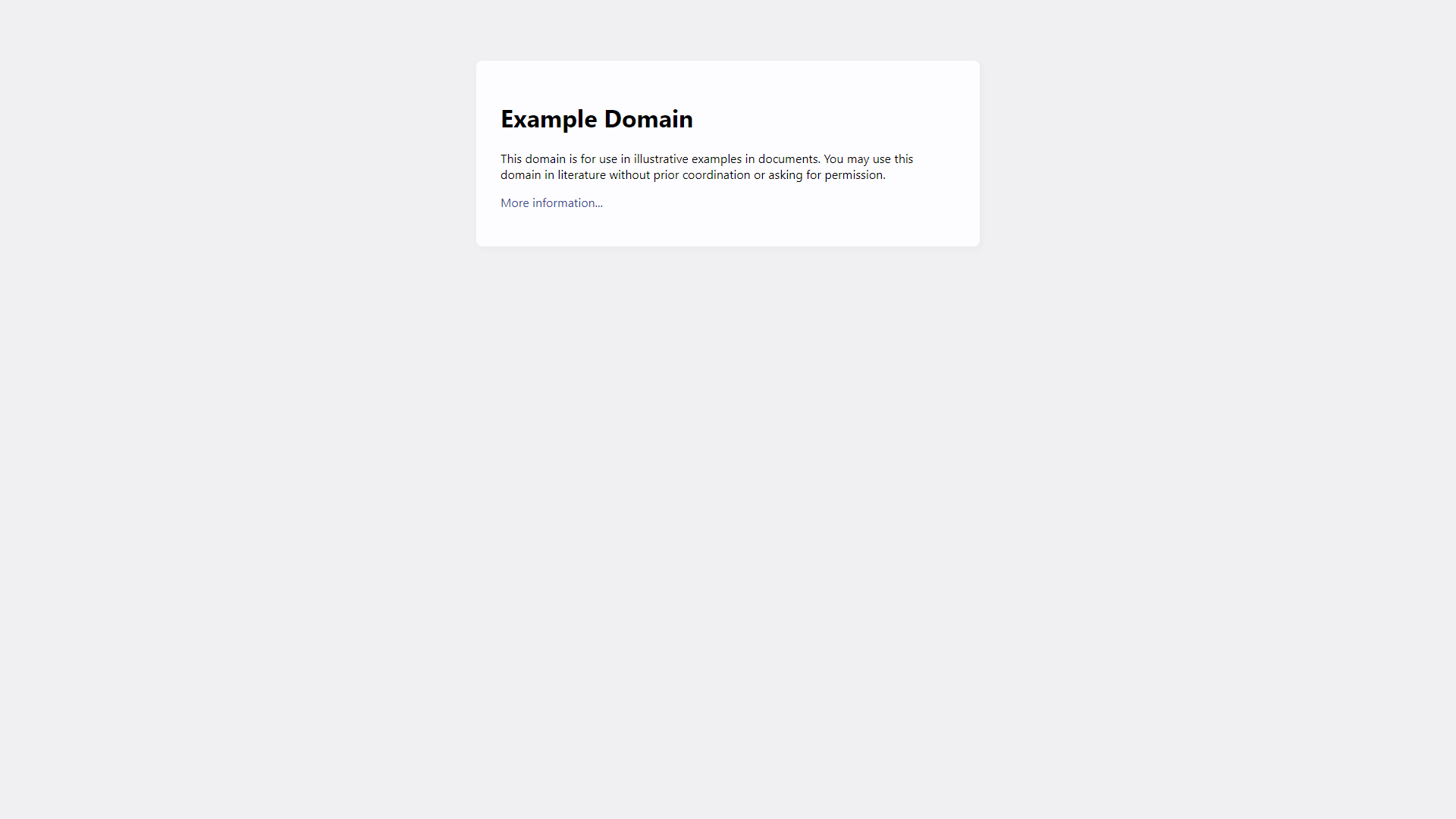
Implicit BPR
A powerful method for recommendation systems.
🏷️ Price not available

- Overview
- Pricing
- Features
- Pros
- Cons
Overview
Implicit BPR (Bayesian Personalized Ranking) is a collaborative filtering technique designed specifically for recommendation systems that handle implicit feedback. Implicit feedback refers to the information you can gather from user interactions, like clicks, purchases, or views, rather than direct ratings. This method helps businesses enhance their recommendation algorithms by understanding user preferences more accurately.
The strength of Implicit BPR lies in its ability to rank items based on user behavior rather than relying solely on explicit ratings. This is important because many users do not leave ratings, making it vital to utilize any available interaction data. For example, if a user frequently watches a particular genre of movies, the system will prioritize similar content.
By employing a probabilistic framework, Implicit BPR can effectively model the relationships between users and items, producing a more tailored experience. This technology is widely used in various industries, from e-commerce to streaming services, helping companies to recommend products or content that users are most likely to engage with.
Pricing
| Plan | Price | Description |
|---|
Key Features
🎯 Customizable Parameters: Users can adjust settings to fit their specific needs and data, improving the algorithm's effectiveness.
🎯 Handles Large Datasets: Implicit BPR is designed to work efficiently with large volumes of interaction data, allowing for scalability.
🎯 Probabilistic Ranking: The method uses a solid statistical approach to predict user preferences and rank items accurately.
🎯 Fast Computation: Implicit BPR is optimized for quick processing times, ensuring timely recommendations.
🎯 Flexibility with Implicit Feedback: The algorithm excels in environments where only implicit feedback data is available.
🎯 User-Centric Design: Focuses on individual user behavior, resulting in personalized recommendations.
🎯 Daily Updates: The model can be updated frequently to reflect the latest user interactions.
🎯 Open Source Availability: Being open source, it allows developers and researchers to adapt and improve the method for their use cases.
Pros
✔️ Improved User Experience: By delivering personalized recommendations, it enhances overall user satisfaction.
✔️ Versatile Application: Suitable for numerous domains, such as retail, social media, and entertainment platforms.
✔️ Data Efficiency: Makes effective use of implicit feedback, which is often more abundant than explicit ratings.
✔️ Scalable Solution: Works well with increasing data sizes without significant drops in performance.
✔️ Community Support: Being an open-source solution, it benefits from contributions and improvements from a diverse community.
Cons
❌ Complexity in Understanding: The underlying mechanisms may be challenging for non-technical users to grasp.
❌ Possible Overfitting: If not tuned carefully, the model can become too specialized, reducing its generalization ability.
❌ Limited with Cold Start: New users without interaction data may receive less accurate recommendations.
❌ Requires Sufficient Data: Performance greatly relies on having a substantial amount of user interaction data.
❌ Potential Bias: If user interaction data is biased, the recommendations may perpetuate those biases.
Manage projects with Workfeed
Workfeed is the project management platform that helps small teams move faster and make more progress than they ever thought possible.
Get Started - It's FREE* No credit card required
Frequently Asked Questions
Here are some frequently asked questions about Implicit BPR. If you have any other questions, feel free to contact us.